Common Sushi Items
The Growing List of Sushi Items Available
 Sushi is no longer a new and arcane food to westerners but in many ways it still retains its mystery. Due to the growing variety of sushi items, we decided to list the most commonly found sushi items and their sushi names in Japanese for those interested.
Sushi is no longer a new and arcane food to westerners but in many ways it still retains its mystery. Due to the growing variety of sushi items, we decided to list the most commonly found sushi items and their sushi names in Japanese for those interested.
Many of the different sushi items are still things that westerners may never have encountered, or still not know much about. New types of fish and other foods that are appearing on menus every day, and many are new to diners in the West.
As sushi continues to become more popular outside Japan, offerings become more diverse and new food items heretofore unavailable are being seen in even in the less traditional sushi restaurants.
We have created a new section to highlight the various sushi food items available (with pictures), from the common to the obscure, and everything that goes along with it. For those of you who may wish to know a little more about what you are eating, our sushi item profiles list is the section for you.
We are adding new items continuously and also upon request, and will continue to expand this section with new items. We are open to suggestions for new sushi items to list as menus and options expand. So please feel free to contact us with the form on the home page if you would like to know more about a particular item that you do not see in this section. We hope you enjoy reading this section, find it informative, and enjoy your dining experience. Meshiagare!
A Selection of Menu Items Typically Found And Their Japanese Names
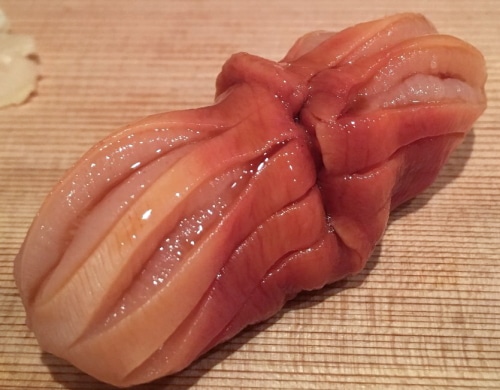
Akagai (Ark Shell Clam)
The highest quality Akagai, or surf clam, is sourced from the pristine and untarnished Northern Atlantic Ocean. Learn about why this sushi item has become so popular here!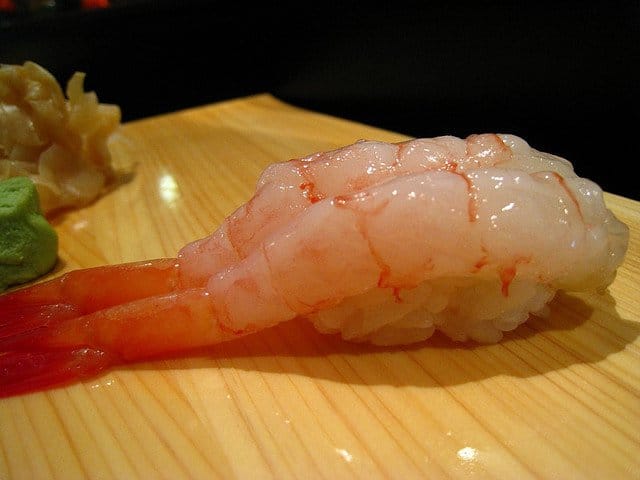
Amaebi (sweet shrimp)
Amaebi (or ama ebi), or sweet shrimp, are the only shrimp best served raw. Read all about how this this succulent and sweet sushi item is prepared and what makes it so special here!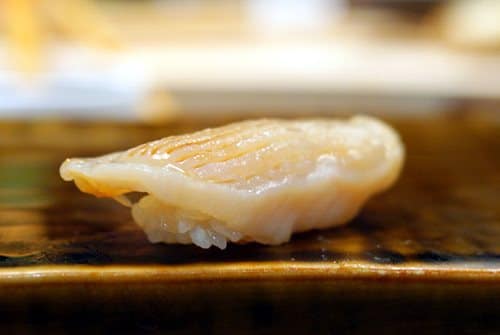
Awabi (Abalone)
While the inner shell of the abalone is used in jewelry worldwide due to its bright and colorful nature, it is the tasty meat inside the mollusc which is eaten as awabi sushi, It does require some degree of processing as it can be tough, though, but read on for more detailed information on awabi!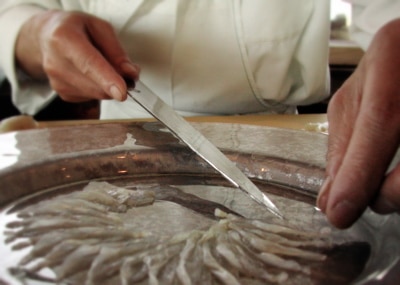
Fugu (Pufferfish)
Fugu is a delicacy which, in Japan, only licensed chefs are allowed to prepare as if not handled correctly, there are compounds in parts of the fish that can be harmful or even deadly to the consumer.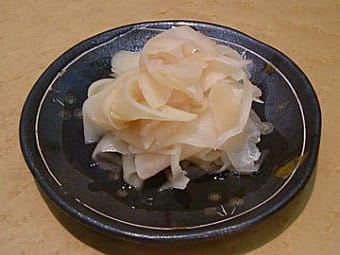
Ginger (Gari)
Gari (pickled ginger) is a fragrant and somewhat spicy condiment used often in sushi. Find out it's incredible properties and why it is so often served with your meal.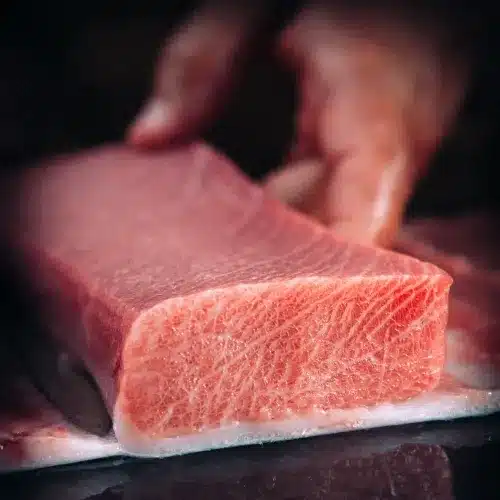
Hamachi Sushi (Yellowtail) - The Buttery Jewel You Must Try Today
Hamachi (Ha-Ma-Chi) - also known as yellowtail, is a type of Japanese amberjack prized in sushi for its rich, buttery texture and mild, slightly sweet flavor.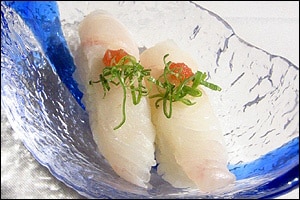
Hirame and Ohyo - Similar And Different
Hirame (hee-rah-meh) is the Japanese term for Fluke, which is another word in the US for Summer flounder. There is some confusion between this fish and halibut (ohyo) in the West, which is explained in further detail on its profile page, so read on to understand the differences.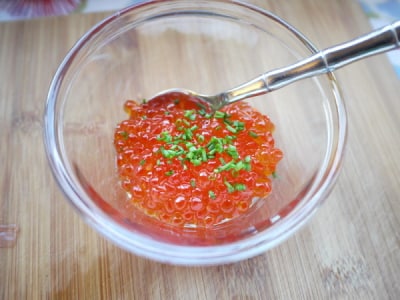
Ikura Sushi (Salmon Roe)
Ikura, or cured salmon roe, is a common and popular sushi item in every Japanese restaurant as well as a treat at home. Sweet and briny, and offering a light pop when you eat it makes it a unique and tasty treat!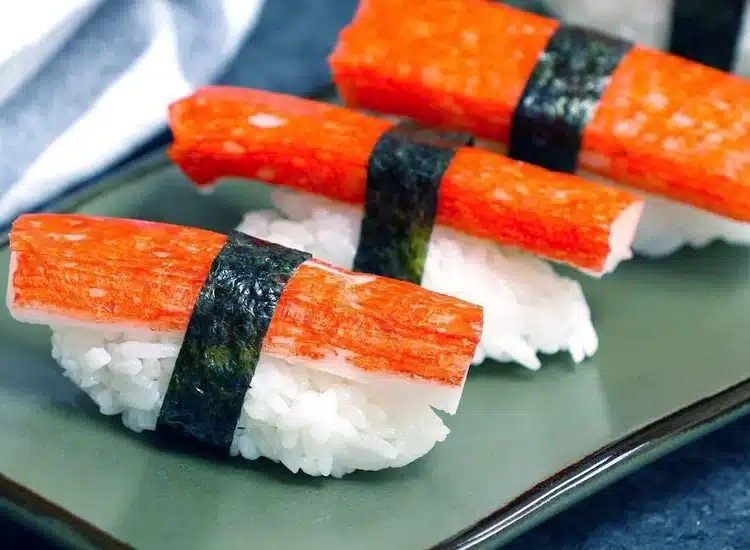
Kanikama (or Surimi)
KaniKama (also known as Surimi) imitates more expensive crab in texture and taste. Read about this interesting sushi item and how it is made and used.
Maguro (bluefin tuna) and Toro Sushi
Maguro (mah-goo-roh) is the Japanese term for bluefin tuna, perhaps the best known and most commonly eaten fish in all of sushi dining.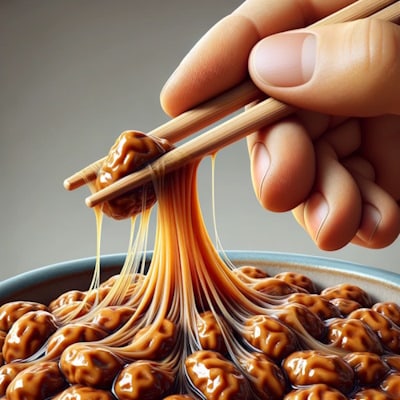
Natto (Fermented Soybeans) - Japan's Ancient Superfood
Natto, a fermented soybean dish from Japan, boasts a unique sticky texture and a robust flavor. It is highly nutritious, offering proteins, vitamins, and probiotics that promote digestive and heart health. Despite its strong aroma, natto is a versatile and cherished part of Japanese cuisine. This traditional food is a testament to the rich culinary heritage of Japan.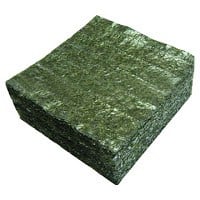
Nori (Dried Seaweed Wrap for sushi)
Nori is the familiar dried seaweed most commonly used to wrap sushi rolls and is both nutritious as well as useful for making sushi. Read about this interesting sushi item here!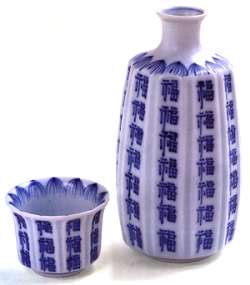
Sake (Japanese rice wine)
Sake (sah-keh) is a fermented alcoholic beverage with a long history in Japanese culture. While technically a beer as it is made from a grain, the unusual complexity of the beverage does make it more like a wine. Visit the profile page for all the interesting details about this wonderful and culturally significant drink!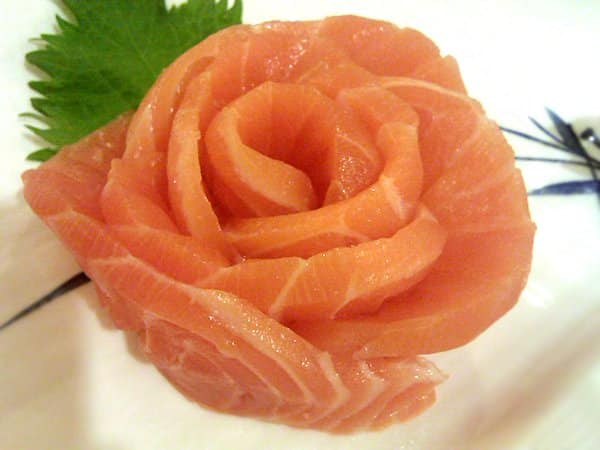
Sake (Salmon)
Sake (sah-ki), or salmon, is a relatively new sushi ingredient which is used in a wide variety of rolls. Read on about this delicious fish!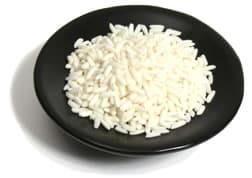
Short-Grain Japanese Sushi Rice
Sushi Rice (sushi meshi), as Japanese rice is commonly called, is best known by the stickiness of its grains.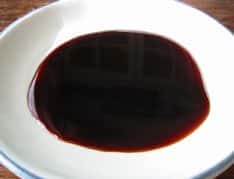
Soy Sauce (Shoyu)
Shoyu, as Japanese soy sauce is called, is a dark brown sauce created by the fermentation of soy beans.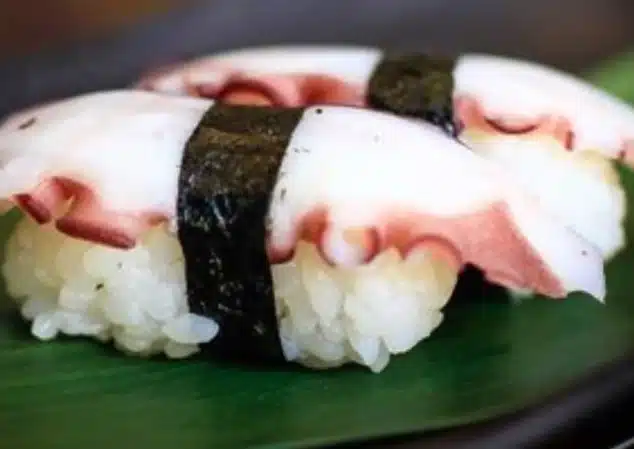
Tako Sushi (Octopus)
Easily identifiable, Tako (Octopus) is a delicious and chewy choice for those brave enough to give it a try.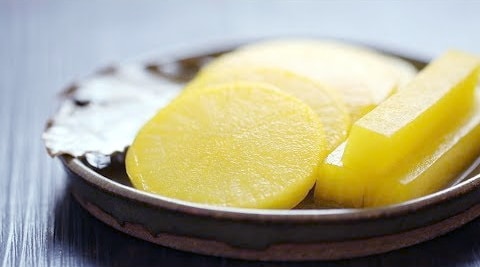
Takuan (Pickled Daikon Radish)
Pickled vegetables like takuan (pickled daikon radish) are an integral part of Japanese cuisine and here we will explain what it is and how it's made.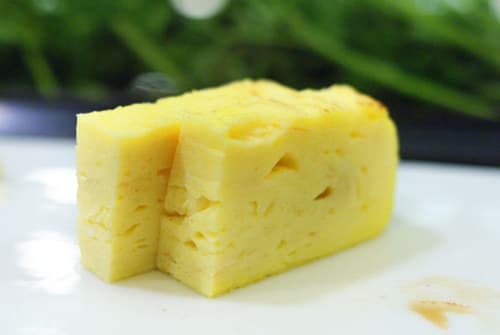
Tamagoyaki (Tomago, or Egg Sushi)
Tamago (tah-mah-goh) is an incredibly Japanese egg omelet that is not just tasty, but a testament to a sushi chef's skills.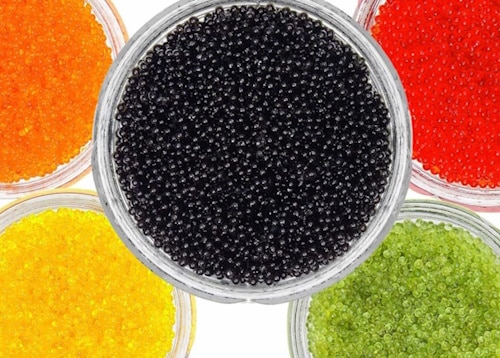
Tobiko and Masago Sushi - Flavor And Texture
Tobiko and Masago are the eggs (roe, or caviar) of completely different fish, the flying fish and the capelin respectively. Read on to discover the differences and why people can confuse the two so easily.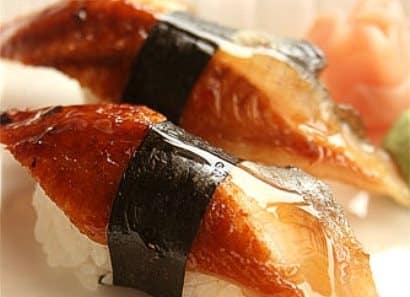
Unagi and Anago (Eel Sushi)
Unagi and Anago are high in Omega 3 fatty acids, tasty, and deeply rooted in Japanese culture.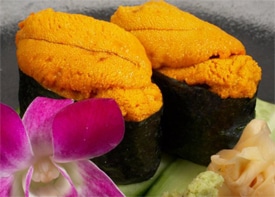
Uni Sushi (Sea Urchin)
Uni (oo-nee) is the Japanese name for the edible part of the Sea Urchin.
Wasabi - A Classic Sushi Accompaniment
Wasabi (wah-sah-bee), often incorrectly called Japanese horseradish, is among the most misunderstood yet integral aspect of the sushi experience.I have always been fascinated by the creation and culture of different foods, particularly sushi and sashimi in the modern era of Japanese cuisine. I am a classically trained chef and sushi connoisseur, also having operated a food service company and enjoy investigating and experimenting with food around the world.